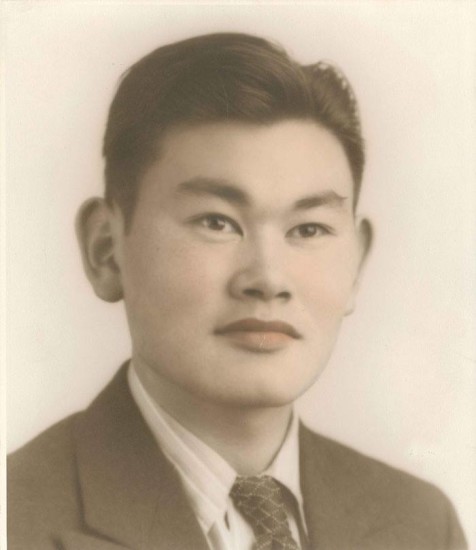
Source:
https://www.zinnedproject.org/news/tdih/supreme-court-rules-against-fred-korematsu
| Name of AAPI Figure | Fred Korematsu |
| What is the person’s Asian heritage or ethnicity? | Japanese American |
| Area of Influence | activist |
| Date of birth or time period | 30-Jan-1919 |
| How did this individual make a contribution to their field or to society/culture at large? | When Fred Korematsu was forced to the Japanese Interment Camp amidst the heightening tension of World War II, he refused to submit himself to the government and thus was arrested, convicted and sent to the Topaz Internment Camp in Utah. Korematsu, then, filed a case against the government on the premise of racial discrimination and violation of constitutional rights. However, the court rules against him and sentenced him to 5 year probation. When he appealed his case in 1944, the Supreme Court ruled against him and confirmed that the denial of civil liberties based on race and national origin was legal. In 1983, Korematsu’s case took a turn. Professor Peter Iron and researcher Aiko Herzig-Yoshinaga, discovered key documents that government intelligence agencies had hidden from the Supreme Court in 1944, which showed that Japanese Americans had committed no acts of treason to justify mass incarceration. With this new piece of evidence, a voluntary legal team reopened the case and made the court overturn the conviction of Korematsu on November 10, 1983, marking an important step in civil rights history. |
| Why did you choose this person? What about their story speaks to you? | Korematsu’s story was an inspiring one. What his story told me was that even when we are under attack from a powerful institution, we should not bow down and blindly follow their unreasonable order, but challenge it and fight back. Just as Korematsu fought for Japanese American rights in the court, I hope to be able to defend my rights in these tough times for Asian Americans. |
| Submitted by | Jun Ishibashi |
| Age | 18 |
| City, State | MA |